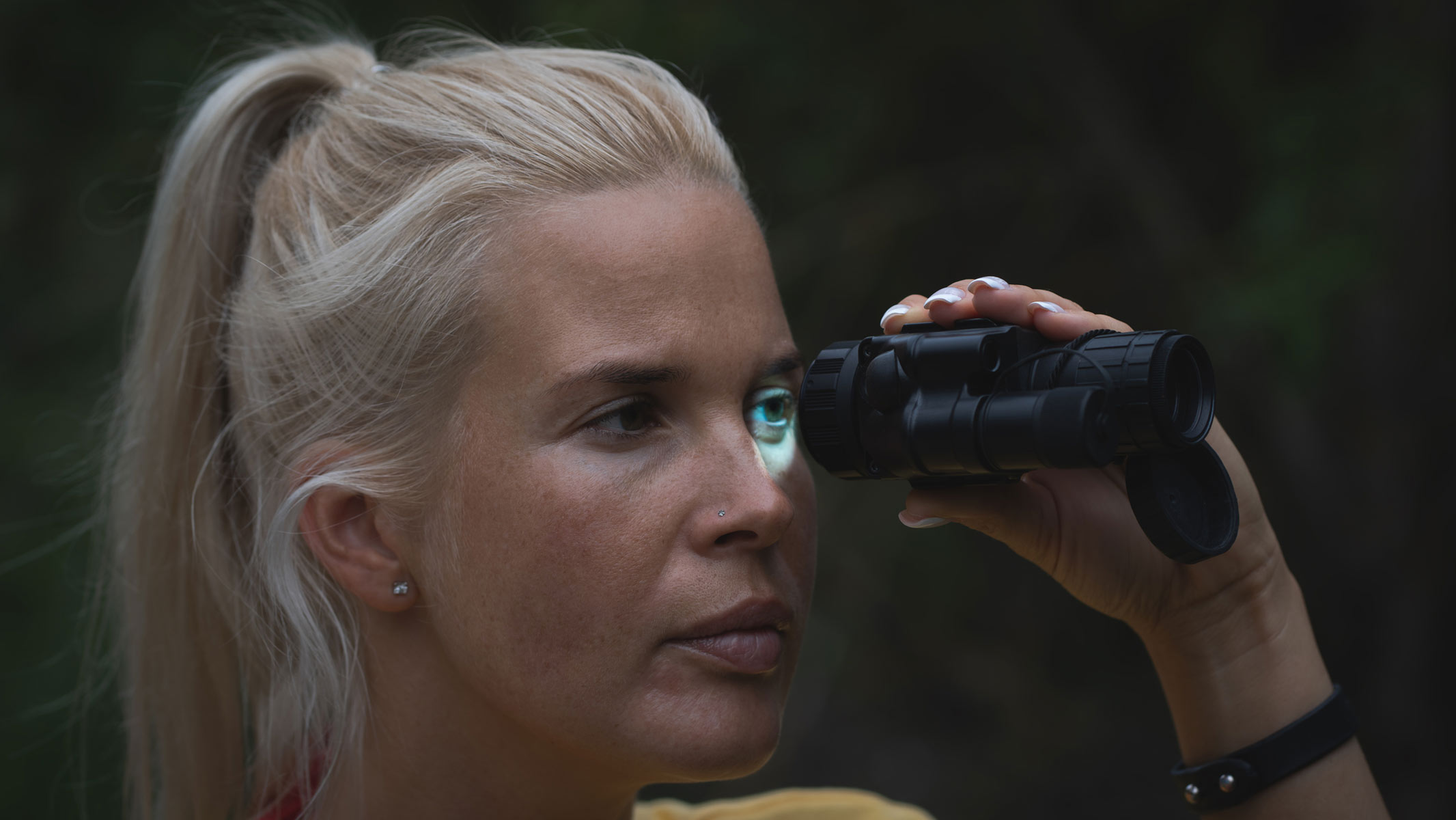The biggest and most powerful rocket ever built now has a half-dozen launches under its belt.
SpaceX's 400-foot-tall (122 meters) Starship megarocket lifted off for the sixth time ever today (Nov. 19), rising off the orbital launch mount at the company's Starbase site in South Texas at 5:00 p.m. EST (2200 GMT; 4:00 p.m. local Texas time).
SpaceX landed Starship's huge first-stage booster, known as Super Heavy, back at the launch tower on the vehicle's most recent flight, which occurred on Oct. 13. The company aimed to repeat that feat — which the tower achieved with its "chopstick" arms — today, but the flight data didn't support an attempt.
"We tripped a commit criteria," SpaceX's Dan Huot said during the company's Flight 6 webcast. So Super Heavy ended up coming down for a controlled splashdown in the Gulf of Mexico instead, hitting the waves seven minutes after liftoff.
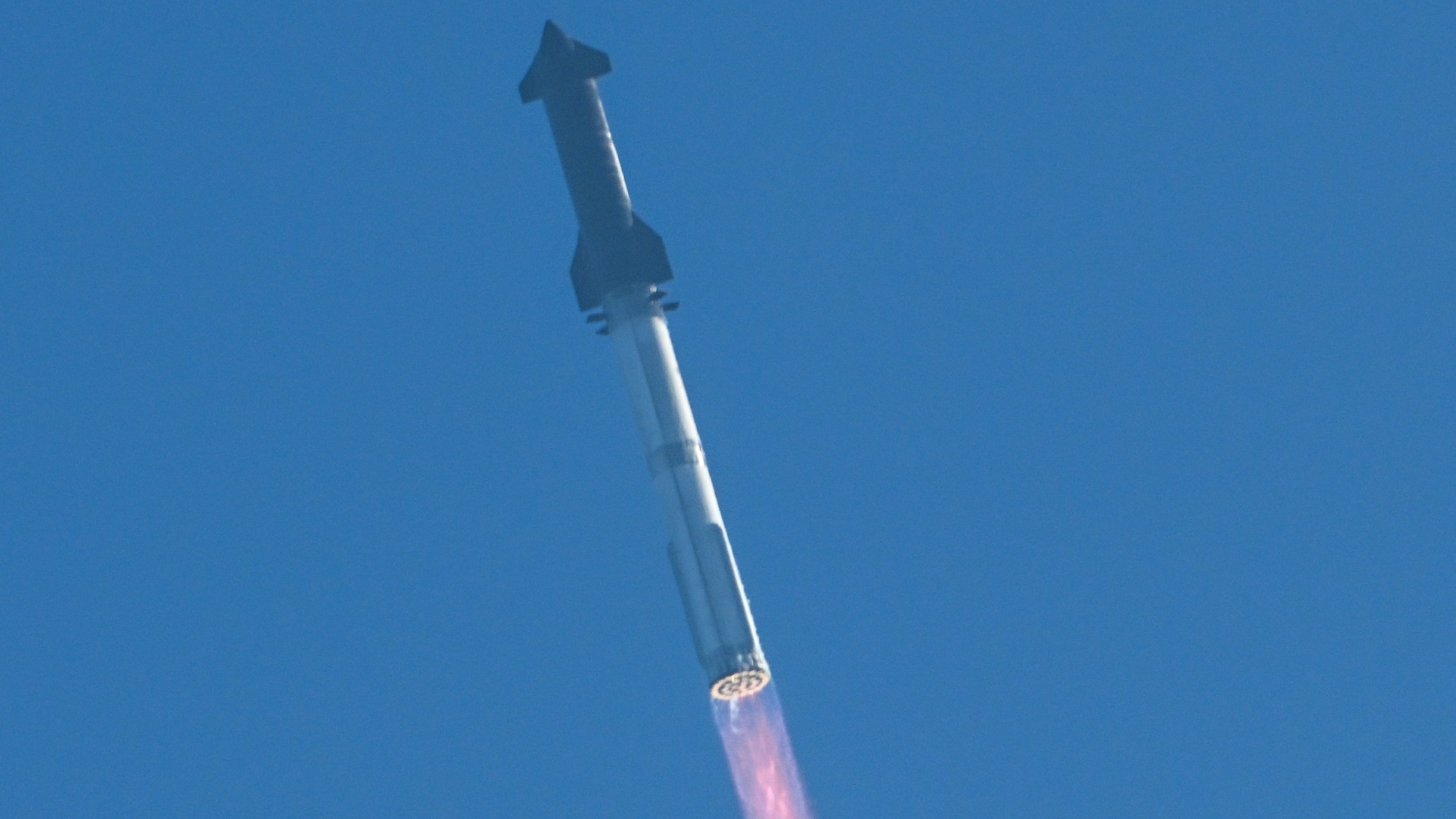
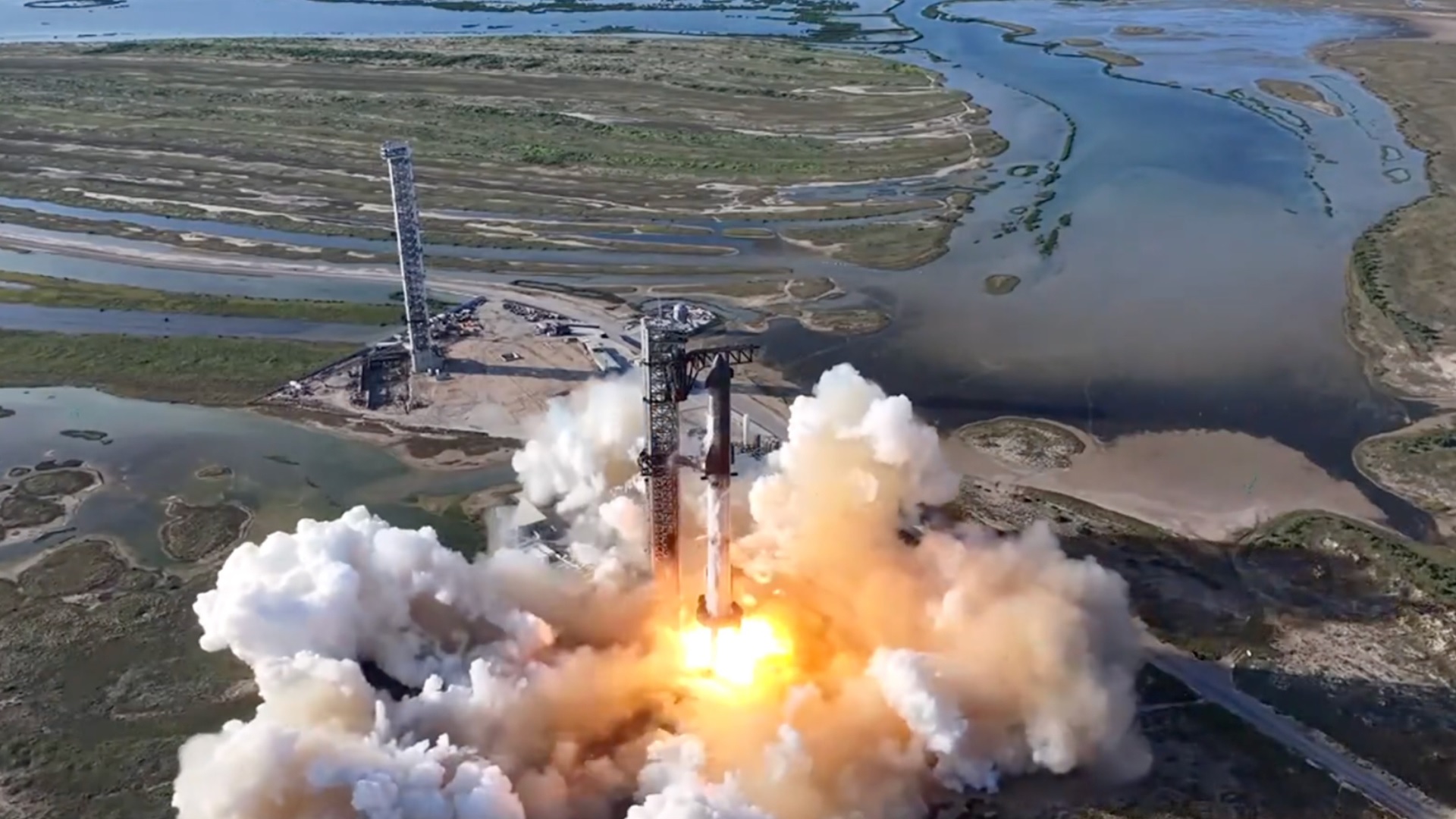
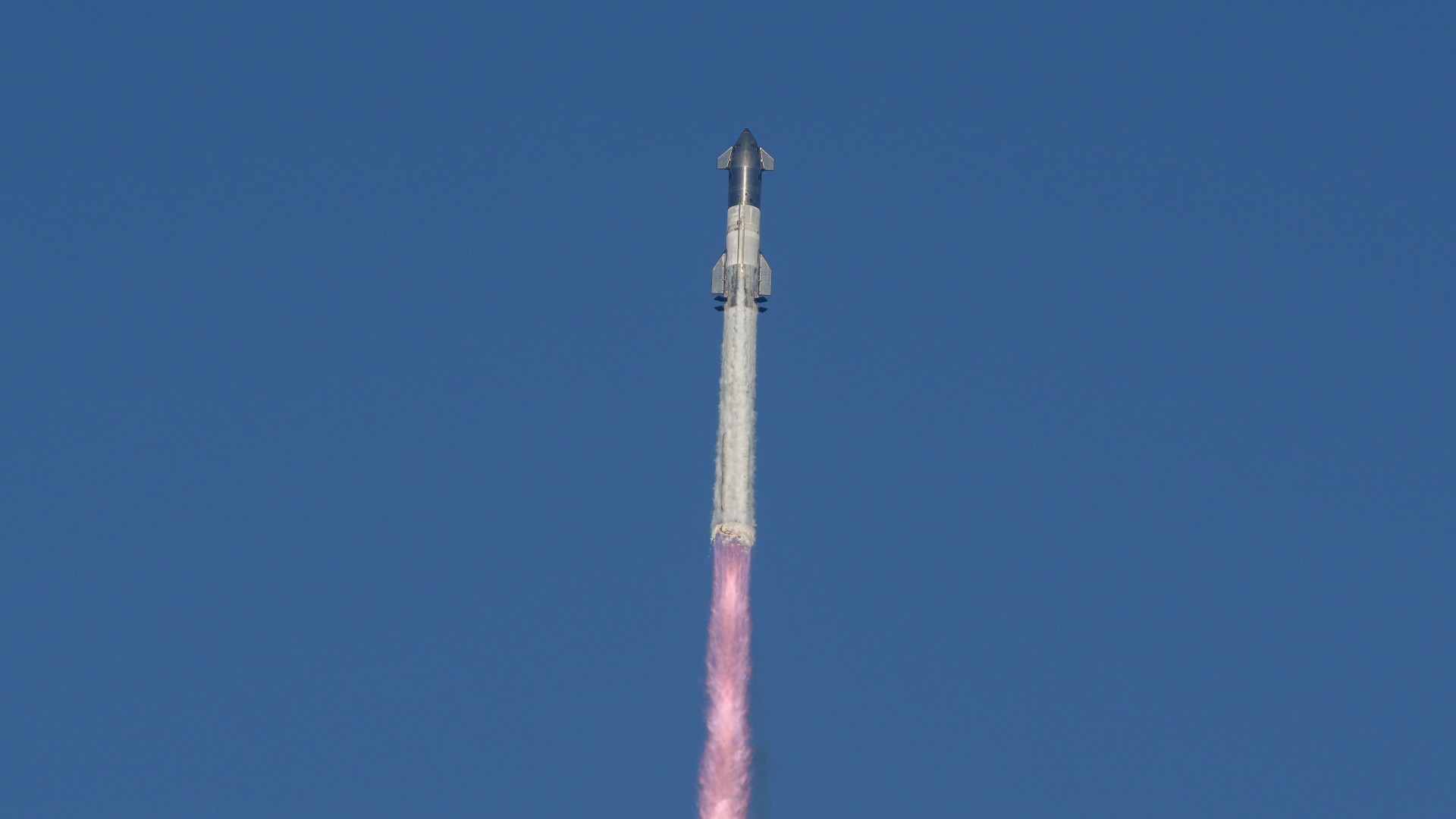
Anticipation for Flight 6 was high, in part because of the planned booster-catch attempt. For example, President-elect Donald Trump made the trip to South Texas to watch Flight 6 in person.
Related: Starship and Super Heavy explained
Trump's support for Musk and Starship isn't terribly surprising; the two billionaires have apparently grown quite close over the past few months.
Get the Space.com Newsletter
Breaking space news, the latest updates on rocket launches, skywatching events and more!
Musk campaigned hard for Trump's election and put more than $100 million of his own money toward that effort. And Trump has appointed Musk to co-lead the "Department of Government Efficiency." This advisory group, Trump said, will help his administration "dismantle Government Bureaucracy, slash excess regulations, cut wasteful expenditures and restructure Federal Agencies."
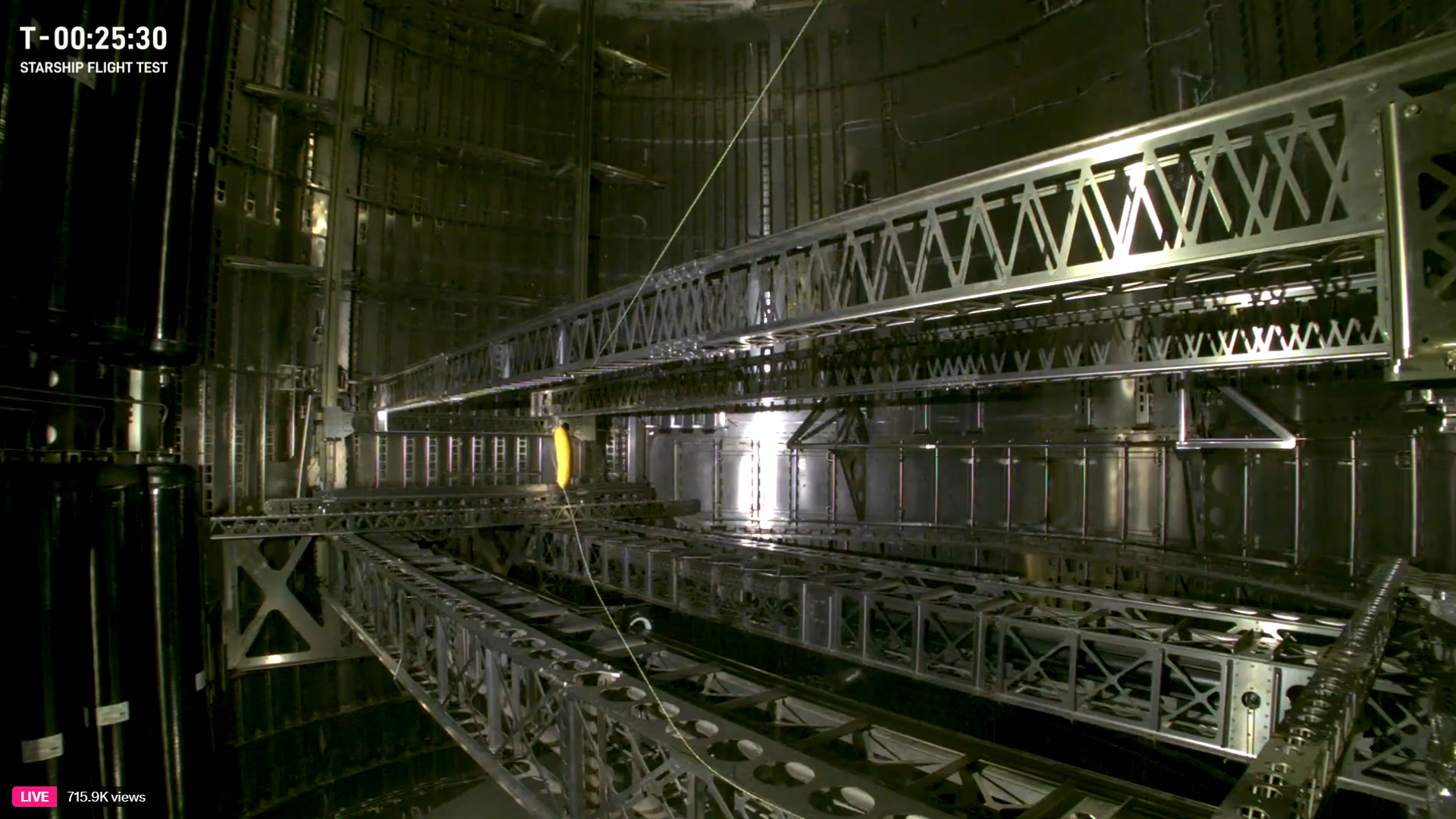
An action-packed flight
Today's mission aimed to do far more than just bring Super Heavy back to Earth in one piece. SpaceX also wanted to put Starship's upper stage — a 165-foot-tall (50 m) spacecraft called Starship, or simply "Ship" — through its paces.
The launch sent Ship on the same semi-orbital trajectory that it took on Flight 5, targeting a splashdown in the Indian Ocean off the northwestern coast of Australia about 65 minutes after liftoff. But Ship also achieved some new milestones along the way this time.
For example, Flight 6 carried the first-ever Starship payload — a plush banana onboard Ship, which served as a zero-gravity indicator. (It was not deployed into space.) In addition, Ship briefly re-lit one of its six Raptor engines about 38 minutes into the flight. (Super Heavy also employs Raptors — a whopping 33 of them.)
This burn helped show that Ship can perform the maneuvers needed to come back to Earth safely during orbital missions. Indeed, Ship is designed to be fully and rapidly reusable, just like Super Heavy; SpaceX eventually intends to catch it with the chopstick arms as well, and will likely try to do so on a test flight in the near future. (Landing directly on the launch mount, rather than on a ship at sea or a designated touchdown pad, will enable quicker and more efficient inspection, refurbishment and reflight, SpaceX has said.)
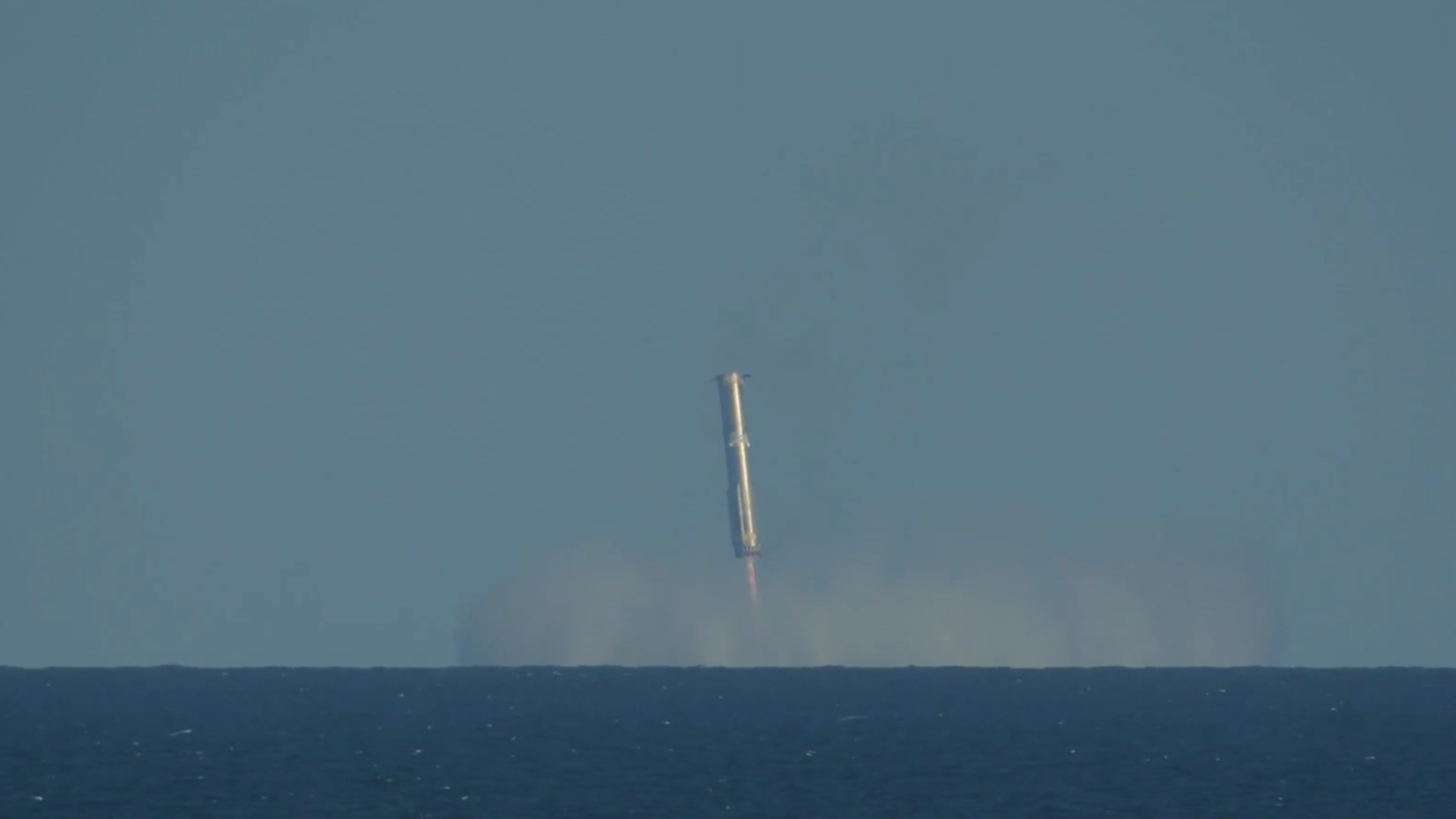
Flight 6 also tested modifications to Ship's heat shield, which protects the vehicle during reentry to Earth's atmosphere.
"The flight test will assess new secondary thermal protection materials and will have entire sections of heat shield tiles removed on either side of the ship in locations being studied for catch-enabling hardware on future vehicles," SpaceX wrote in a mission description. "The ship also will intentionally fly at a higher angle of attack in the final phase of descent, purposefully stressing the limits of flap control to gain data on future landing profiles."
SpaceX also shifted the launch time for Flight 6, to allow for better observation of Ship's reentry and splashdown. Flight 5 (and all four of its predecessors) lifted off from Texas in the morning, and Ship came down in darkness on the other side of the world.
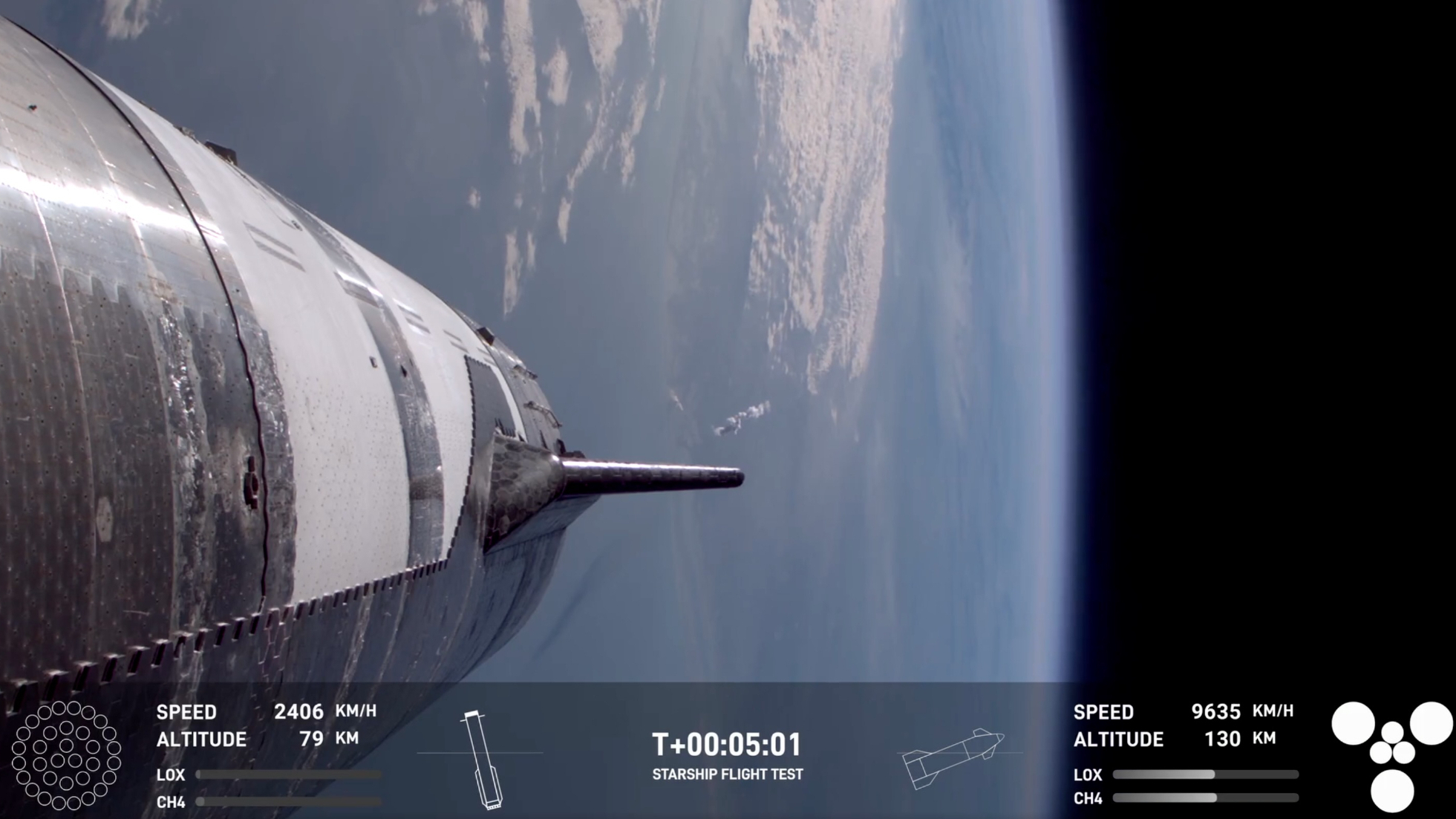
So we all got great views of Ship's return to Earth today, which went swimmingly. The shiny silver vehicle survived its scorching-hot trip through the planet's atmosphere, fired up three of its six Raptors to flip itself into a vertical position as it approached the water, and hit the waves base-first as planned 65.5 minutes after liftoff.
"Incredible! We really pushed the limits on Ship, and it made it all the way back down to Earth," Jessica Anderson, SpaceX manufacturing engineering manager, said during today's webcast.
"I am shocked, to be honest," added webcast co-host Kate Tice, a senior quality engineering manager at SpaceX. "I think many folks are. The fact that it survived all the way through while flying a lesser-gen heat shield is just absolutely incredible."
Ramping up the flight rate
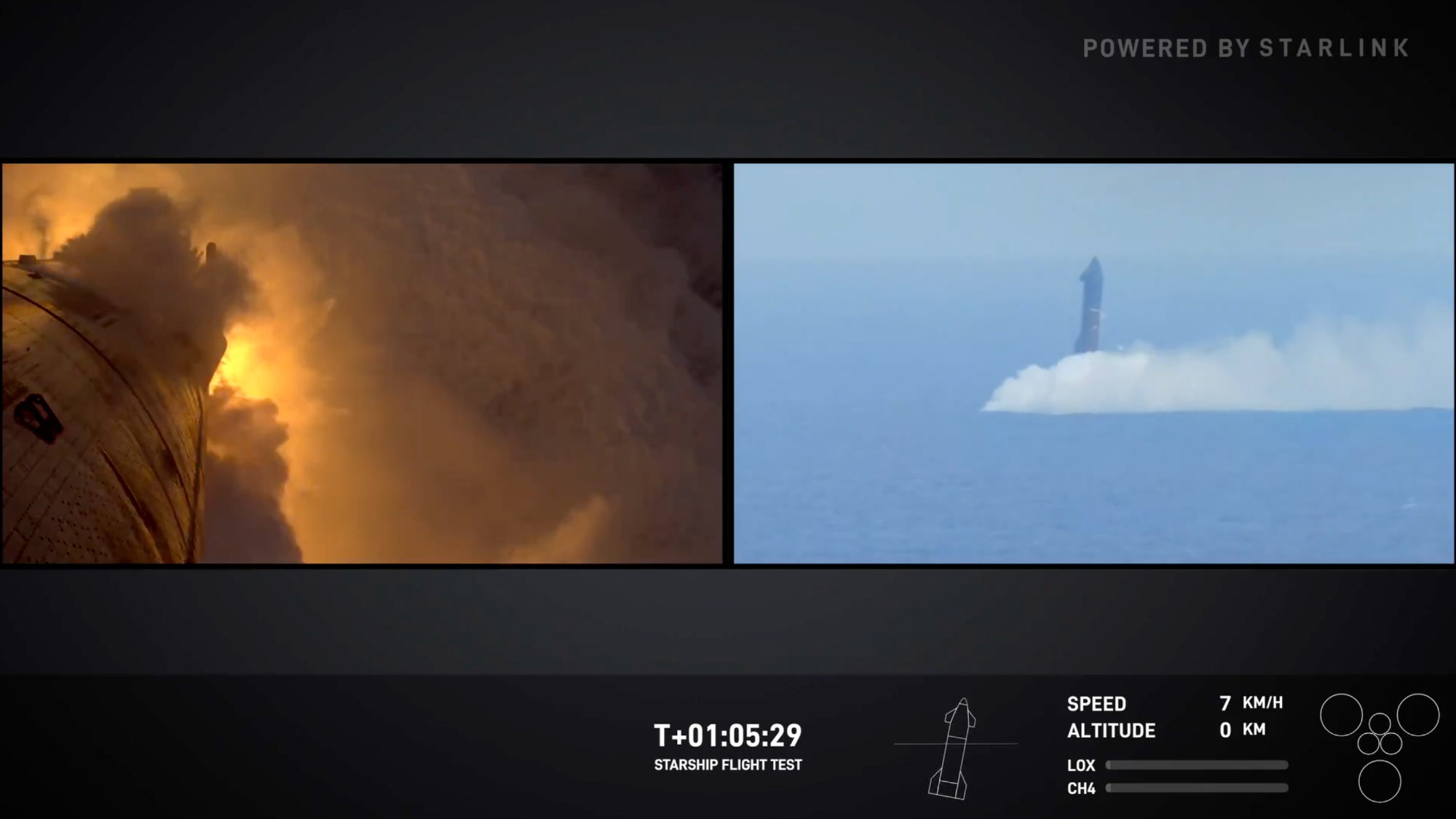
SpaceX is developing Starship to help humanity settle the moon and Mars, and to perform a wide variety of other spaceflight tasks, such as building out its Starlink broadband megaconstellation in low Earth orbit.
NASA has a serious stake in the vehicle, selecting Starship to be the first crewed lander for its Artemis program of moon exploration. If all goes according to plan, Starship will put NASA astronauts down on the moon for the first time in late 2026, on the Artemis 3 mission.
SpaceX is working to get Starship up and running as soon as possible, and test flights are a big part of this effort. The megarocket has now flown six times — in April and November of 2023, and March, June, October and November of this year — and the cadence is likely to increase greatly in the near future.
Musk is apparently targeting 25 Starship launches in 2025 and 100 a few years after that. Those numbers may seem optimistic, but SpaceX has already launched 113 missions of its workhorse Falcon 9 rocket so far in 2024. And the regulatory environment — which Musk has railed against repeatedly in recent months — could soon relax considerably, given Trump's stated goals and his apparently closeness with the SpaceX founder and CEO.
These test missions are designed to pave the way for more ambitious jaunts — and soon, if all goes according to plan.
"Every one of these flights is a step closer to a fully operational Starship that will take us beyond Earth orbit, and with our pace of rapid iteration here, the moon and Mars are not nearly as far in the future as you may think," Tice said today. "In fact, we're planning to send Starships to Mars as soon as 2026, which is when the next Mars transfer window opens."
Editor's note: This story was updated at 6:25 p.m. ET on Nov. 19 with news of the successful splashdown of the Ship upper stage.
Join our Space Forums to keep talking space on the latest missions, night sky and more! And if you have a news tip, correction or comment, let us know at: community@space.com.

Michael Wall is a Senior Space Writer with Space.com and joined the team in 2010. He primarily covers exoplanets, spaceflight and military space, but has been known to dabble in the space art beat. His book about the search for alien life, "Out There," was published on Nov. 13, 2018. Before becoming a science writer, Michael worked as a herpetologist and wildlife biologist. He has a Ph.D. in evolutionary biology from the University of Sydney, Australia, a bachelor's degree from the University of Arizona, and a graduate certificate in science writing from the University of California, Santa Cruz. To find out what his latest project is, you can follow Michael on Twitter.
-
kev72 Another exciting launch. We can see significant improvements every time. Kudos to the spacex team.Reply -
trailrider While it would have been nice to have repeated the catch of the booster with the chopsticks, the fact that it made a controlled "soft landing" in the water, and the impressive reentry of the Ship with some of the TPS tiles intentionally removed, and successful relighting of an engine in microgravity conditions makes this flight one more engineering test, which will, no doubt set the stage for further development. Congratulations to the SpaceX team!Reply -
James Parker Can you report more on the commit criteria? Which one was tripped and what does this criteria look like going forward? SpaceX commented about rethinking some elements. I wonder if they should have built the tower further away from the control center and key facilities, so they could loosen the criteria with less risk to people or structures outside of the launch pad.Reply -
platinum_jello Reply
The safety is that called the catch off were located on the tower, so I don't think it had anything to do with the safety of humans so much as preserving the tower and surrounding infrastructure (tank farm, etc). They have extra boosters lined up and ready to go, towers not so much.James Parker said:Can you report more on the commit criteria? Which one was tripped and what does this criteria look like going forward? SpaceX commented about rethinking some elements. I wonder if they should have built the tower further away from the control center and key facilities, so they could loosen the criteria with less risk to people or structures outside of the launch pad. -
kev72 Interesting it was a fault with the tower that caused the ship to divert and nothing related to the ship.Reply
I think this is good news. -
Staran Reply
Although the headline says the article has a video, I see NO video. I clicked on EVERY photo but never saw a video.Admin said:SpaceX launched its Starship megarocket for the sixth time ever today (Nov. 19) but did not try to catch the vehicle's Super Heavy first stage back at the pad.
SpaceX Starship launches banana to space, skips giant rocket catch on 6th test flight (video, photos) : Read more -
COLGeek Reply
That is often caused by adblock extensions.Staran said:Although the headline says the article has a video, I see NO video. I clicked on EVERY photo but never saw a video. -
Rob77 When Starship was in its early test phase, they were attempting to land these on its extended landing legs.Reply
Has that concept been ditched now in favor of just the chopstick arms or just shelved for these tests? They will need the "legs" to land on the moon anyway.
I would have thought if the chopstick catch was a no go, then plan B was to land on a pad somewhere like they did the first several attempts rather than just ditch into the sea. -
suneritz Reply
Don't they have 2 towerskev72 said:Interesting it was a fault with the tower that caused the ship to divert and nothing related to the ship.
I think this is good news.
